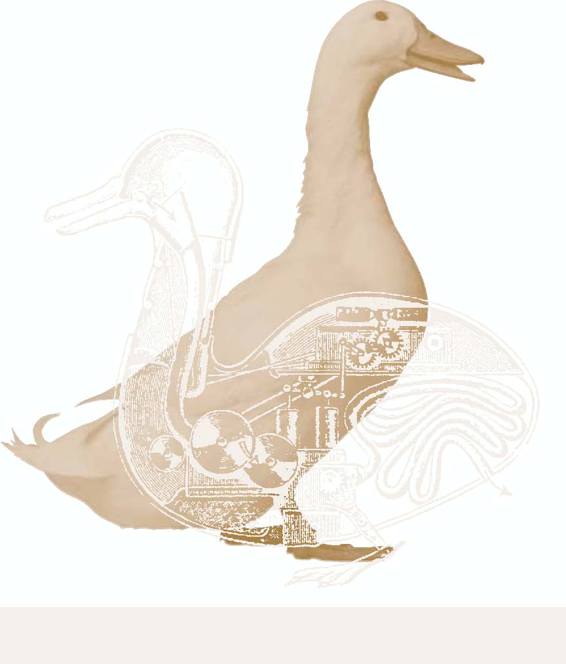1 Meaning and the Means to an Understanding of Ends 2 Why Is an Eye? 21 3 Adaptationism and Engineering 39 4On Five -Isms 67 5 Function, Selection, and Explanation 87 6 Deflating Function 119 7 Artifacts and Organisms 139
Prefac e
An outsider who looks at evolutionary biologists language might think they are behind the times. What is all this talk of solutions adopted by species to deal with the problems laid down by environments? Why do biologists persist in asking what the peacocks tail, or the earwigs second penis, are for? Shouldnt they have stopped talking about the purpose of the pandas thumb over a hundred years ago? All this talk smacks of intelligent designof artifacts, not of organisms. Yet Darwin taught us (or maybe it was Hume) that organisms are not artifacts. What is more, it is often the biologists keenest to distance themselves from any non sense about intelligent design who are nonetheless the first to trumpet the excellence of design in nature, and who look most eagerly for func tional explanations for any and all organic traits or behaviors. Could it be that there are vestiges of natural theology lurking in this language of design? This book is an investigation of an analogythe analogy between the processes of evolution and the processes by which artifacts are cre ated. I try to show how looking at the two domains together can shed light on how we should explain the form of both organic and inorganic objects, and how our conclusions about natural design can inform var ious philosophical projects. It is important to understand the organism/ artifact analogy for what it can tell us about biology, technology, and philosophy.
This book is addressed primarily at philosophers of biology; this said, I hope also that real biologists, students of technology, philosophers of mindeven some civilianswill find lots to interest them. Chapter 2 looks at biology alone, yet its conclusions are used as foundations for work done in all the remaining chapters, and all types of reader are encouraged to look at it. Biologists will perhaps be most interested in this second chapter, and also in chapters 3 and 4, in which I discuss how the design-based thinking of adaptationism can lead us astray, how selection explains adaptation, and how selection explanations and developmental explanations might come into conflict. Philosophers of mind will get most from chapters 5 and 6, where I approach the old-fashioned question of how to understand functions, and I put forward a nonhistorical, deflationary, analysis of biological function. Historians of technology, and perhaps other students of the made world, may be most interested in the final chapter, where I look to the prospects for an informative evolutionary model of technological change. Finally, a thread runs through the book that offers an explanation that does not itself look to intelligence as the justification for the appearance in biology of a vocabulary that is saturated with intelligence and intention. This explanation closes off one set of routes to intelligent design creationism, and readers interested in that debate should also find this work useful.
Parts of the book, or at least some of its arguments, have appeared elsewhere. Chapter 1 draws from No End to Function Talk ( Studies in History and Philosophy of Biological and Biomedical Sciences 32, 2001) and Function Talk and the Artifact Model ( Studies in History and Philosophy of Biological and Biomedical Sciences 31, 2000). Chapter 2 borrows some arguments from a paper I coauthored with Denis Walsh and Andr
e Ariew called The Trials of Life ( Philosophy of Science 69, 2002). Chapter 3 is an augmented version of Adaptationism and Engi neering ( Biology and Philosophy 17, 2002), and I am grateful to Kluwer Academic Publishers for permission to reproduce material from that ar ticle here. Chapter 7 includes some arguments that were first aired in Darwinnovation! ( Studies in History and Philosophy of Science 33, 2002).
There has been a good deal published in the last couple of years on the topics addressed in this book, and I have not been able to take ac count of all of it. One bookPeter McLaughlins (2001) What Functions Explain came to my attention only as the final draft was being prepared. I have tried to give brief indications in chapter 5 of some of the points over which we agree and differ, but I have not had time to integrate a discussion of McLaughlins views in a more comprehensive way.
There are many people without whose help this book would have been even worse than it is. My first and greatest debt is to Nick Jardine, who was my supervisor when Organisms and Artifacts was a Ph.D. dissertation. Nick is an ideal supervisor: always encouraging, always willing to make time to read work, and full of the most helpful and insightful comments.

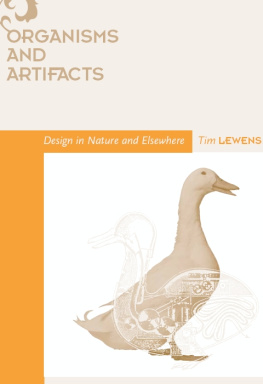

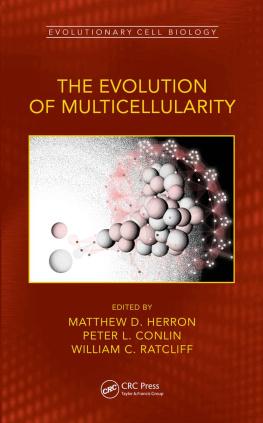
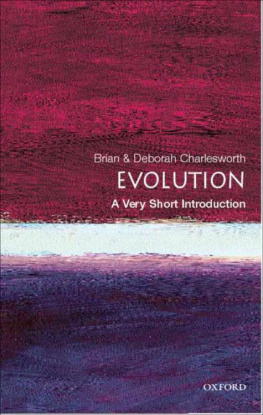
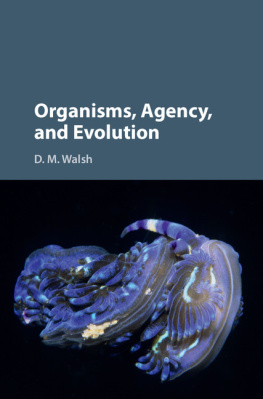
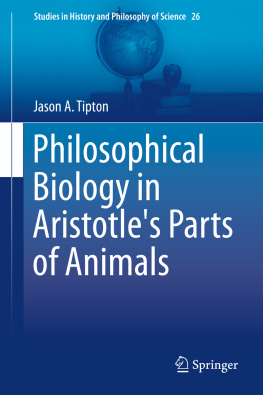
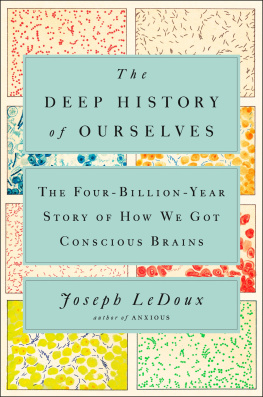


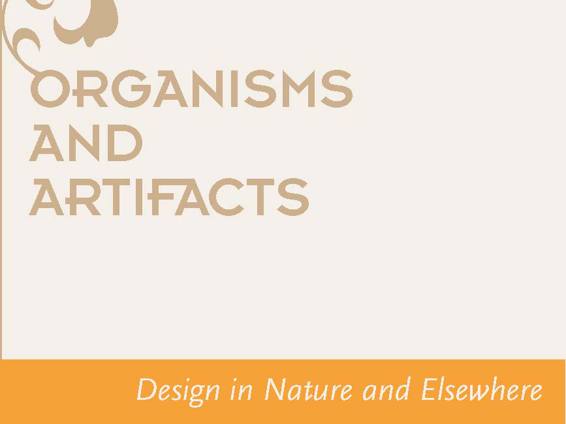 Tim LEWENS
Tim LEWENS